
hotline:
17715390137
Tel/Wechat:
18101240246 (Technology)
0512-68565571
Email:mxenes@163.com (Sales Engineer)bkxc.bonnie@gmail.com
Scan the code to follow or search the official account on WeChat:
2D Materials Fronrier After paying attention,
click on the lower right corner to contact us,
Enter enterprise WeChat.
Professional Services Online




Picture MXenes, two-dimensional (2D) transition metal carbides, carbonitrides or nitrides, is a fast-developing cutting-edge 2D material. It has the highest electronic conductivity among all the 2D materials prepared by the solution method. Due to nanometer copper Or aluminums best electromagnetic shielding performance, and the highest volume specific capacitance of pseudocapacitors, etc., have received extensive research attention in many different application fields in the past few years. MXenes has some unique surface chemical properties. For example, after etching, the surface of MXenes usually has some hydrophilic functional groups, which provides unlimited possibilities for the assembly of MXene-based composites. In particular, the assembly at the liquid-liquid, liquid-solid, liquid-gas, and solid-solid interfaces can form diversified structures, such as MXene surfactants, MXene heterostructures, and MXene transparent films. The interface assembly of MXene is of great significance for exploring more functions of MXene and its influence on the new structure based on MXene, and for improving the performance of the device. Recently, Professor Zhang Chuanfang (John), a consortium of Swiss Federal Institute of Technology and Research Institute, published a review article titled Interfacial assembly of two-dimensional MXenes in the domestic high-level journal Journal of Energy Chemistry, summarizing the interface based on MXene materials. Assembly technology, as well as the assembly mechanism of different assembly technologies and their corresponding representative materials. The application of composite structure was briefly discussed.

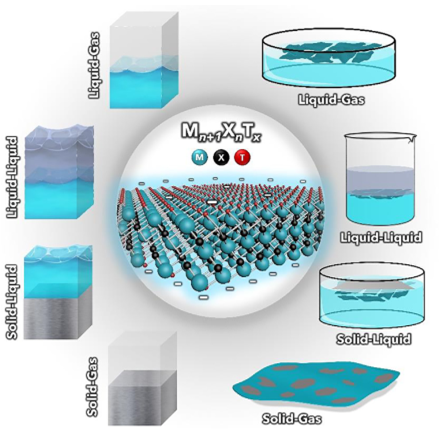
Figure 1. Interface self-assembly of pure MXene membrane.
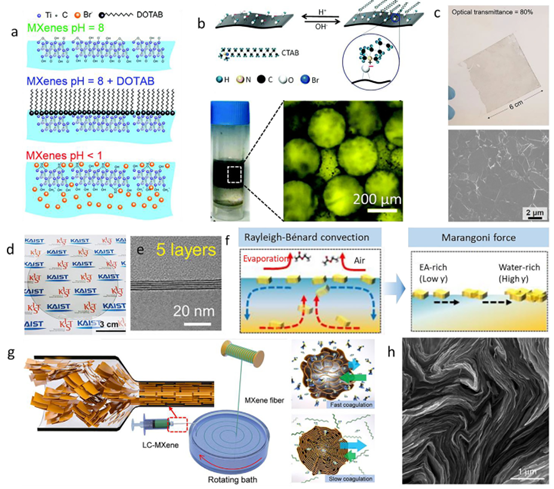
Figure 2. Pure MXene material prepared by Janus interface assembly.
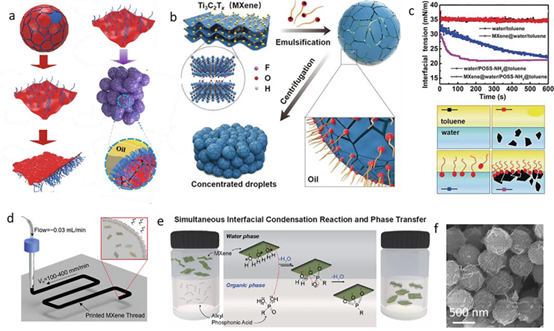
Figure 3. Electrostatic assembly of MXene.
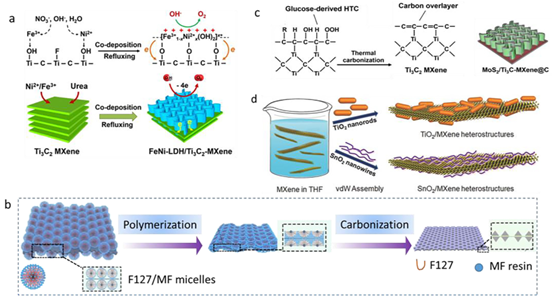
Figure 4. MXene-based heterostructure design.
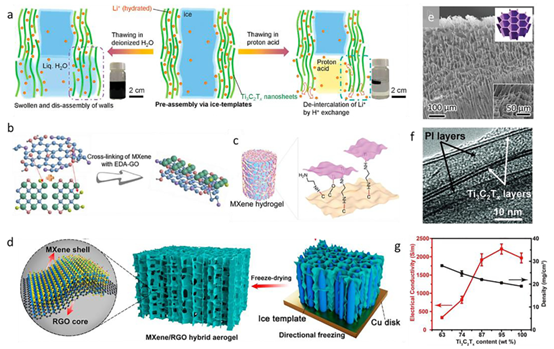
Figure 5. Preparation of MXene aerogel.
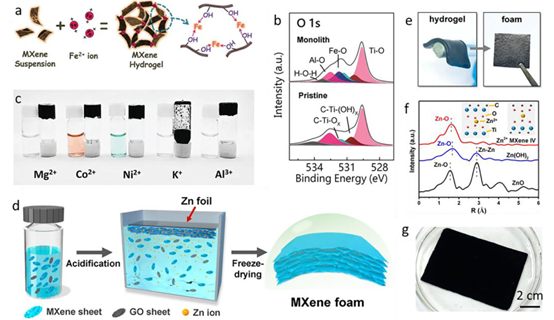
Figure 6. Preparation of metal ion-driven MXene hydrogel.

For the assembly of pure MXene, the electrostatic force between the nanosheets needs to be overcome first, and the self-assembly between the nanosheets can be achieved by reducing the interfacial tension or Rayleigh-Bernard convection.
The interface assembly of pure MXene film is the most direct way to prepare transparent conductive electrodes for transparent energy storage and transparent electromagnetic shielding applications. However, due to the thickness of the nanometer scale, the prepared film is easily oxidized at room temperature. How to prevent the pure MXene film from oxidation without sacrificing transparency and conductivity through effective methods is a direction that researchers need to work hard in the future.
For MXene-based composites, the assembly process mainly relies on the unique surface chemistry of MXene, such as the polar functional groups with electronegativity, -OH, -O and -F. These functional groups can adsorb guest substances through electrostatic force, or promote heterogeneous nucleation, or induce gelation, so as to achieve crosslinking of nanosheets. Therefore, 2D composite membrane, 2D macroporous assembly with microscopic 3D structure and 3D aerogel can be realized. These multi-dimensional structures can be applied to many different research fields including electrochemical energy storage, sensing, catalysis, environmental protection and electromagnetic shielding.
The interface assembly of MXene-based composites ranges from hybridization and electrostatic assembly to cross-linking and gelation, and is particularly suitable for thick electrodes or 3D macroporous structures, such as aerogels. These MXene structures have outstanding charge storage performance and electromagnetic shielding efficiency. However, the actual assembly process is more complicated, and the electronic conductivity of the assembled composite material is much lower, which limits its potential in high-conductivity applications.
Although some progress has been made in the assembly of MXene, there is still much room for improvement in the rational design of the MXene structure. First, explore how surface chemistry can accurately control the assembly behavior between MXene nanosheets and objects. In particular, replacing the -OH group with other functional groups will change the surface charge density, and it is important to explore the effect of this change on the assembly behavior. Secondly, the structural design of the porous transmission channel during the assembly process is still quite challenging. For applications that require a higher specific surface area, such as energy storage and electromagnetic shielding, proper micro/mesoporous channels are conducive to performance improvement. Third, the stability of MXene membranes has not been extensively studied, especially for MXene membranes assembled at the water interface. Since water molecules can oxidize MXene, the assembly at the water-containing interface needs to confirm whether water molecules are embedded between the MXene layers. It is necessary to find an effective method to remove these oxidants. At the same time, the thermodynamic stability of MXene structure needs to be studied in depth. Finally, the MXene-based mass interface assembly technology in practical applications needs to be further studied, which requires a mass preparation technology combined with the MXene stabilized colloidal solution.
Literature link:
DOI: https://doi.org/10.1016/j.jechem.2020.12.036

| Reminder: Beijing Beike New Material Technology Co., Ltd. supplies products only for scientific research, not for humans |
| All rights reserved © 2019 beijing beike new material Technology Co., Ltd 京ICP备16054715-2号 |